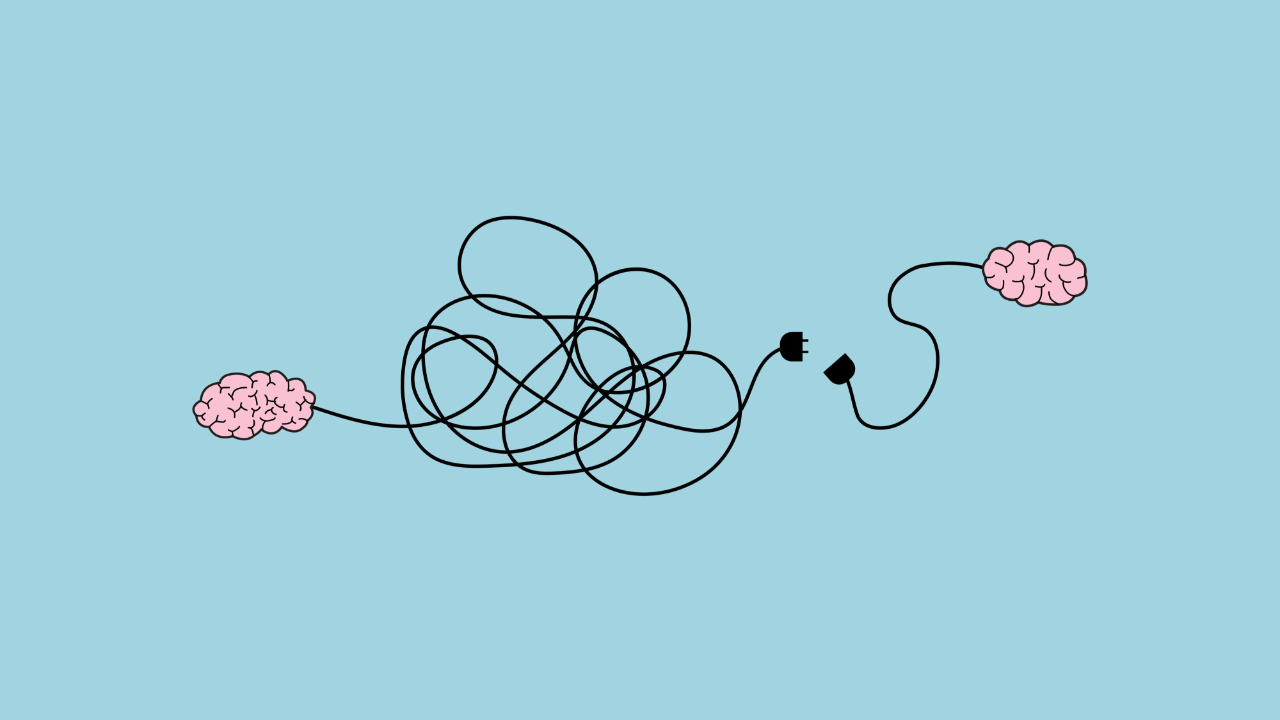3 Tools for Sustained Leadership Capacity

By: Josh
Leadership is connecting with others and developing them.
It’s identifying the need for organizational change and leading those monumental efforts.
It’s crafting deliberate, intentional messages and communication.
It’s investing in stakeholders, building relationships, and spending time with many different audiences up, down, and out.
Leadership is and requires many things, often all in the same day. And all these things take time. Time easily becomes a leader’s most valuable resource. To what and where do we prioritize our time? Where do we delegate? Where do we accept risk? How do we manage the immediate urgent issues that will always find us every day and ultimately prioritize the things that are enduringly important?
At all levels, leadership requires some degree of management; at the very least, management of our time. If we can’t manage our own resources and time, we cannot achieve anything beyond the simple day-to-day management of things. Moreover, we cannot expect to manage our team’s, let alone a whole organization’s time either.
We will always be challenged by the immediate urgent versus the enduring important. Leaders must be disciplined, structured, and organized in how we manage our personal resources and how we respond to what is often unimportant, yet somehow urgent. Doing this well helps us achieve several important ends both for ourselves and those we lead:
- The capacity to lead in an intentional, authentic way. If we use all our time and resources to simply respond to the urgencies of each day or just manage the daily ongoings of the team, we will never have the time or mental/emotional capacity to lead in bigger, more important ways. Implementing a structured approach to how we use our personal resources creates time, space, and capacity for us to simply lead better.
- Predictability of a working routine and how we use our time. The negative impacts of disorganization and inefficiency snowball down the organizational chart if subordinate leaders are consistently trying to figure out how to work with their boss.
- Clarity of our cultural norms and practices. Structured approaches to how we use personal and collective time help everyone clearly understand this is how we do business and why. It makes them more efficient, effective, and even more motivated and autonomous.
So, how do we best manage, and ultimately own, our time to lead in the most impactful, intentional, and authentic way? I believe it comes down to three simple leader tools: a “battle rhythm,” a calendar, and a method to track tasks.
The “Battle Rhythm”
A battle rhythm is the military phrase for maintaining an ordered routine. It’s a deliberate cycle of leader, staff, and team activities to synchronize efforts that can cover a daily, weekly, or even monthly rotation. It’s the document that captures all the “routine things we do routinely.”
The battle rhythm helps us understand all the events we need to attend and things we must do each week. In it, we capture the meetings, key events, and deadlines that regularly occur. Capturing all this onto a single visual document helps us identify all the things we must do, how it lays out in time and space, and what our available space around those is. With the essentials captured here, we are then able to identify and leverage our time more effectively.
The battle rhythm usually is a table or matrix that breaks down by columns and rows:
- Columns: Typically, the workdays of the week. If we participate in events that are bi-weekly, once a month, or there is a cycle in the focus of a weekly meeting, then we can further break down the columns into week of the month. That means the Monday column can be broken down into four sub-columns, one for each Monday of the month.
- Rows: There are two common approaches. First, we can break rows down into hours of the working day, like a row for each hour of the working day. Second, we can focus on the type of event or requirement instead of time. This could be a row for all the key events that we need to participate in with our higher headquarters or staff, a row for meetings, a row for deadlines for reports or products, and so on.
You can find examples of these two described battle rhythm documents here if interested. In the end, find the format that best fits your unique approach for managing your time.
Now, I usually do three things with this document. First, I keep it as the first page of my leader handbook, binder, or whatever notes and synchronization product you carry with you. It keeps it focal to my notes and easily accessible. Second, I reference it at the end of every day before I head home to ensure I know what is occurring the next day (and the days ahead). Finally, I integrate everything captured on my battle rhythm into my calendar.
Your Calendar
We must plan out our weeks, our days, and even our hours. Our time is precious; if we don’t own it, someone or something else will…and it will likely not be on anything worth our limited time. We cannot merely react day-to-day to the urgencies that arise. Without owning our calendar, we are left with a lot of emergencies resolved and “fires” put out but not having spent any time toward what is important in the long term.
We need to use a calendar to map out how we use our time and to schedule the important things in advance so that the emerging urgent issues don’t overwhelm them. We need to schedule our priorities, not just prioritize our schedule.
Let’s explore a few simple steps to start and employ your calendar:
- Select a platform. Most of us use a digital calendar like Microsoft Outlook or Google. Or you may use a physical analog planner. That’s ok! Find what works best for you. It is likely easiest to use the platform your organization uses.
- Input your reoccurring battle rhythm events. Place all your battle rhythm events on your calendar as reoccurring to capture what you must do each week. This helps you to identify your available time around those. Make sure you consider whatever preparation time you need for those events like building presentation documents, rehearsing, or jotting down speaking points.
- Identify and schedule what’s important. What do you intend to do with the remaining open space on your calendar? I recommend you schedule your priorities – what’s important – next. This can be organizational development events like long-term planning, leader development activities, or team- and social-building things. Whatever is important to you and your organization, schedule it. Doing so ensures they occur, prevents urgent issues from overtaking them the week of, and sends messages across the organization (reference points below).
- Ensure you attend to necessary administration tasks. Emails, reports, and other administrative busyness will always be there. They’re not going to disappear, so dedicate some time to manage them. It prevents them from growing unmanageable, being ignored, or unnecessarily consuming too much of your time.
Additionally, here are a few important considerations to improve your calendar’s effectiveness.
- Color code the events on your calendar. Capture the major areas that use your time and give them each a color. Meetings with bosses and higher headquarters can be red for example. Staff meetings yellow. One-on-one meetings blue. Personal and family events (reference below) purple. And so on. Categorized events can provide you with a method to reflect on how much time you use on certain types of each week and how that compares to your priorities and how you want or need to spend your time. Do you spend eight hours in meetings every week? Do you need to? Data from a color-coded calendar like that can spark those important reflection questions.
- Put personal and family events on there. A leader’s calendar is not only a synchronization and management tool, but also a method of communication. What’s important to us goes on our calendar. And the higher leaders move in an organization, the more people see our calendars. Use it to communicate what’s important, which can (and should) include personal and family events. Does your daughter have a swim meet on Wednesday at 3PM after school? Put it on your calendar. And then attend it. That sends clear messages across the organization and helps make that type of behavior safe for others too.
- Use a time blocking approach. It’s easy to capture your battle rhythm and other key events on your calendar. But what happens during all the undedicated time in between? I find that if not committed to something, that time becomes my most inefficient windows of the day. Consider testing out a time blocking approach to your calendar. Dedicate time to specific tasks to keep you focused and to create boundaries around them (so you’re not spending three hours just responding to emails unnecessarily). Explore time blocking to learn more, but own your calendar by dedicating time to particular tasks. Maybe one hour in the morning is used to respond to emails. Then 90 minutes before lunch is committed to working on your current project. Block out 30 minutes to walk around and visit people in their workspace and then another 30 minutes to reflect. Yes, actually put time to think and reflect on your calendar. More time blocked out for tasks each day means less time for inefficient or unnecessary things.
- Put peoples’ birthdays and other important dates on your calendar. And set a reminder for one to two days in advance to give you time to write a personal note to them. That is a simple, yet powerful way to help those on your team feel seen and valued.
Equipped with a battle rhythm and calendar, you’re able to manage your time well. Now, it’s time to get your tasks and projects under control.
A Task Tracking Method
Your dreaded to-do list (or if you’re like me, you have multiple lists), statuses of on-going projects, personal reminders, and the growing list of tasks your boss assigned you. How do you keep track of it all…and keep track of it well?
The final tool is to implement a system to manage all our tasks. Similar to the battle rhythm and calendar, there is no right way to approach this, but whatever method will best serve your personal organization and thinking.
I remember starting by maintaining a simple legal notepad and listing out all my tasks on there, keeping that with me day-to-day. Since then, I’ve tried to “upgrade” to more refined systems like Microsoft OneNote, To Do app, and a few other web/app-based platforms. There are also Kanban style ones like Trello and Monday for those that think in a process-based way. Ultimately, I’ve returned to simple paper. I use a quad-chart form on paper splitting categories into currently working, short term, long term, and personal. For me, I found that I prefer a hand-written system that I update throughout the week and then re-write at the end of it before departing for the weekend. Doing that requires me to mentally re-address all the items on my lists as I re-write them on the new paper. Items on digital apps I tried would sit there ignored, which just defeated the purpose of a task tracking system anyway.
Again, no right way, just the best way for your style. But we need to implement one to maintain all the things we are currently responsible for. This tool keeps us organized and focused. It helps us prioritize what we need to spend our time on so we can ensure that we accomplish all our tasks while also investing in other leadership responsibilities like people.
A Note on Scaling Up
The tools here are offered as personal resources – the things to help us effectively use our personal time. This is where we should start when utilizing them. But as we get comfortable and competent with the tools, we can begin to scale them to our team. Think about adopting a team battle rhythm, a team calendar, and a system to keep track of all projects and tasks. Just like when applied at the personal level, doing this as a team or higher generates focus, efficiency, and capacity for the collective group.
Using these tools at the team level will require some specified roles, responsibilities, and instructions for people to oversee them. But if done right, these tools will create space and capacity for our team to then start asking, ok what’s next? What else can we be doing as a team to create significant impacts?





